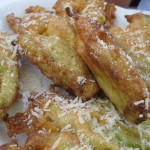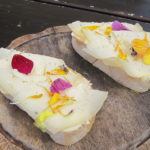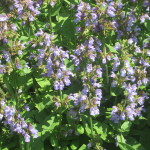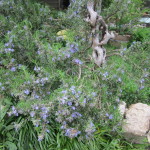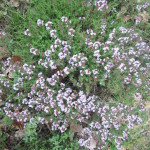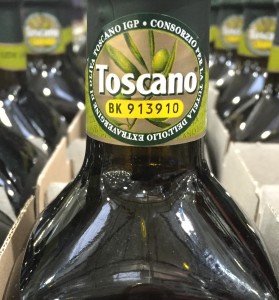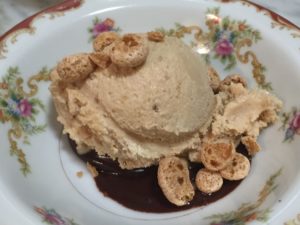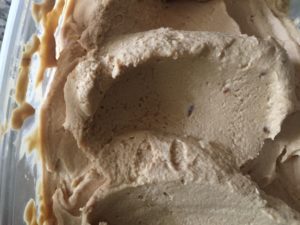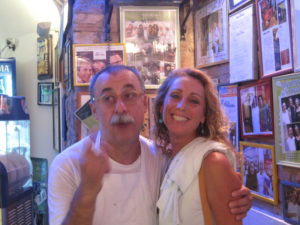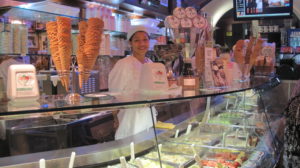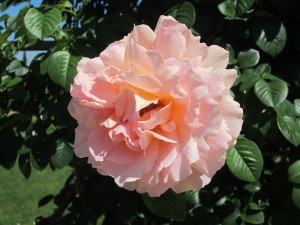 Edible flowers are both beautiful and functional. So many flowers are edible, from nasturtiums, pansies, and violets, to perennial herbs like rosemary, sage and chive. The effort you make to plant and cultivate them will reward you both in the garden and on the plate.
Edible flowers are both beautiful and functional. So many flowers are edible, from nasturtiums, pansies, and violets, to perennial herbs like rosemary, sage and chive. The effort you make to plant and cultivate them will reward you both in the garden and on the plate.